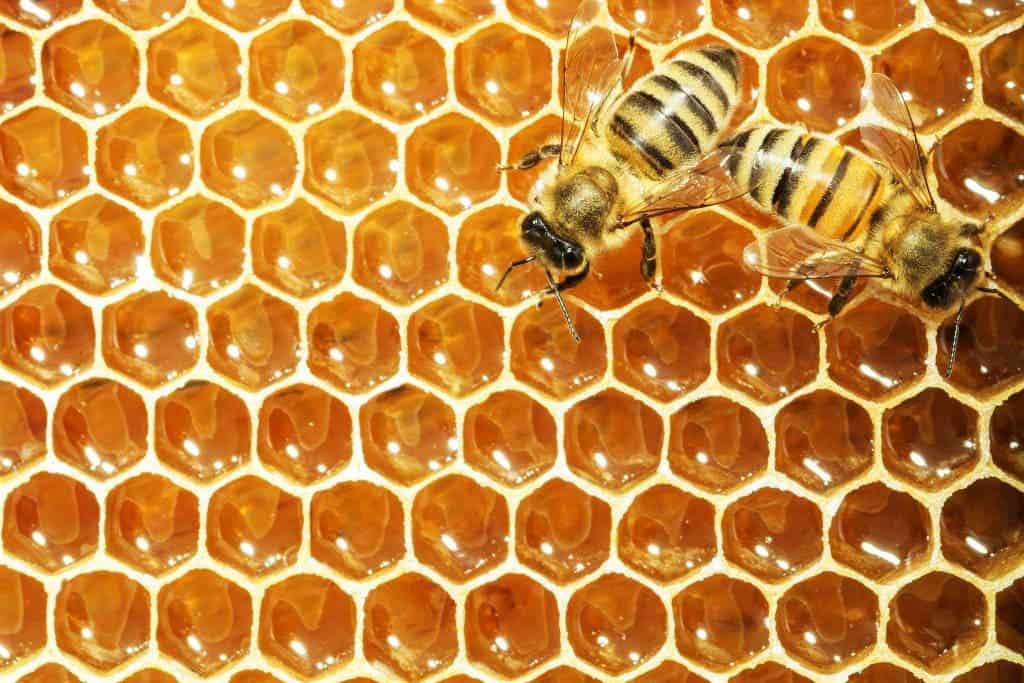Radioactive fallout from nuclear tests done in the 1950s and 1960s is still present in honey from the United States, a new study shows. While the levels of radiation aren’t considered harmful, they highlight the lingering persistence of environmental contaminants in the nuclear age – more than half a century after the bomb tests finished.

Five countries, including the US, have tested over 500 nuclear weapons in the air, which, taken together released far more ionizing radiation to the atmosphere than any other event or combination of events in human history. Most of the weapons were detonated in just a few remote locations like the Marshall Islands in the Pacific Ocean. But even as the tests happened in these isolated places, the effects were still visible.
“There was a period in which we tested hundreds of nuclear weapons in the atmosphere,” lead researcher Jim Kaste, an environmental geochemist at William & Mary University in Williamsburg, Virginia, said in a statement. “What that did was put a blanket of these isotopes into the environment during a very narrow time window.”
While most of the radiation produced by a nuclear weapon detonation decays in days, one of the longest-lived and more abundant fission products is cesium-137, with a radioactive half-life of 30 years. As it has a similar ionic charge and radius as potassium, an essential element for plants, it’s absorbed by plants from the soil. From then, it can be passed into the food chain.
Honey is produced by wild and managed pollinators around the world. Bees make honey by reducing the water content of flower-derived nectar by nearly 5-fold, which concentrates both the delicious taste and any environmental contaminants that would be absorbed by the plants — in this case, evidence of nuclear tests.
Several researchers found the presence of cesium in honey and pollen across Europe in the past. To see whether plants continue to take up this nuclear contaminant, Kaste asked his undergraduate students to bring back local foods from their spring break destinations to test for cesium. One student brought honey from North Carolina and it had cesium levels 100 times higher than the rest of the collected foods, triggering Kaste’s curiosity.
Eastern North America received disproportionally high fallout from the 1950s to 1960s nuclear weapons tests despite being relatively far from the detonation sites, mainly due to the prevailing westerlies and high precipitation. The cesium in this region’s soil today is sourced nearly entirely (over 90%) from the weapons test.
Kaste and his group of researchers explored the issue further by collecting 122 samples of locally produced, raw honey from across the eastern US and tested them for radiocesium. They found it in 68 of the samples, at levels above 0.03 becquerels per kilogram—about 870,000 radiocesium atoms per tablespoon. The highest levels were in a sample from Florida.
Those numbers are nothing to worry about. The U.S. Food and Drug Administration told Science that the radiocesium levels reported in the new study fall “well below” 1200 becquerels per kilogram — the cutoff for any food safety concerns. Even Kaste said not to be worried and that he eats more honey now than before the study.
“What we see today is a small fraction of the radiation that was present during the 1960s and 1970s. And we can’t say for sure if cesium-137 has anything to do with bee colony collapse or the decline of population,” Kaste said in a statement. Of course, should larger concentrations accumulate, it could be a problem. Following Chernobyl, scientists showed the radiation could affect the reproduction of bees.
The study was published in the journal Nature.


